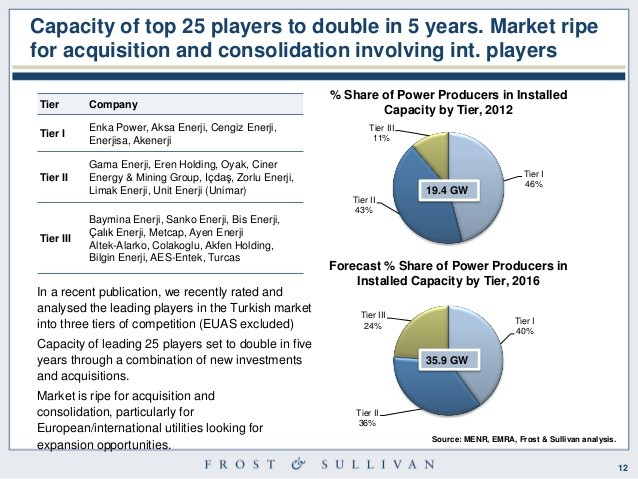Pitfalls Of Top Down Investing
Post on: 6 Июнь, 2015 No Comment

Summary
- Retail investors usually are top down style investors.
- Retail investors perform worse than the market and professional money managers on average.
- Curbing three investor reactions can close the gap between returns of small investors and large ones.
Top down investing (looking at the macro environment to choose allocation, then sector level, then finally individual securities) has always been a lure that traps retail investors into underperformance.
The idea behind such an investing style is that stocks are highly correlated to one another. Bad stocks get dragged along as the market goes higher and good ones get dragged down as the market goes down. What this means is that top down investors, if they can accurately predict the market, will almost assuredly outperform. The top down investor’s thought process usually works like this:
- The investor choose their overall stock allocation in their portfolio based on macroeconomic trends. If the US stock market appears undervalued and growth forecasts are strong, the investor will allocate a higher percentage. If the opposite, he will move out of US stocks.
- Then, from a sector standpoint, the investor look towards sectors that are out of favor with the market and looks to invest more heavily in those sectors. As an example, recent price action in Utilities make it the most out of favor sector in the short term. In the mid-term, Energy takes the win for most out of favor.
- Only then, once this has been done, do these investors choose individual stocks.
The pitfalls in this strategy are many.
As the S&P 500 has quickly advanced 14% on a trailing basis, this has been in the face of numerous macroeconomic indicators that have sidelined investors on fear. Consumer’s growing lack of personal savings, spiraling debt, the labor participation rate, and US manufacturing data are all well publicized and indicate trouble. Mr. Market doesn’t care.
Long have those against active managed mutual funds rallied against their returns. While I’m not a fan either, retail investors have historically done even worse. They think the writing is on the wall that a collapse is coming and move into cash, and then move back into the market before the collapse. Investors who have moved out of the market last year have to see a 14% decline just to break even with their fully invested counterparts. That brings about Rule #1:
Rule #1: You or I don’t know whether the market is going up, down, or sideways tomorrow, next month, or next year.
Stop thinking you can. Set an asset allocation that you are comfortable with and stick with it. Which sets us up for Rule #2:
Rule #2: Stop trading on news
A news report comes out — rumor is one of Apple’s major suppliers had an incident at their factory and was closed down. You run off to your computer or on your laptop and smash that sell button. Phew, we dodged a bullet there! thinks the average retail investor.
Too late. In the time it took you to read that news report, formulate an extremely quick opinion, and enter your order every high frequency trading program has made their trades way ahead of you. Every professional institutional investor that dedicates each minute of their day to following breaking news has already reduced their allocation.
You’re the last in line to react and you will take the worst share price depreciation and probably will miss out on a potential upswing once the market realizes that there may have been an overreaction. You don’t want to act on herd mentality, never mind being the last one in line. Which also means:
Rule #3: You can’t predict herd mentality. Upsides and downsides in the market often defy logic.
I’m not denying bargains happen all the time in the market, but V-shaped recoveries also rarely happen. Let a bottom form in a sector/security that grabs your interest or dollar cost average on the way down. Contrarian thinking is great to have, but don’t set yourself up for failure. Energy is a recent example that burned a lot of retail and hedge fund investors alike on the way down. It is far too common (I’m guilty as well) for investors to jump into hard hit stocks too early with a full position. You can’t predict the bottom in a stock or sector just like you can’t predict the same in the market.
Retail investors can outperform benchmarks and retail investors can outperform big money funds like hedge funds. You as a retail investor have advantages. You don’t pay fees or have overhead except your time. You can enter and exit positions or invest in small cap companies without swinging the market like large mutual funds or hedge funds.
The way you do that is by finding companies with excellent relative value and growth prospects compared to similarly comparable stocks. Set price targets and stick with them unless something material changes your perspective. Sector diversification should be a thought in your mind, but not a driving force. Purchase stocks you understand. If you can’t understand a bank’s income statement and balance sheet or its disclosures, there isn’t any investing rules that say you have to own bank stocks or you will underperform. In the long term, it is bottom up investors that will outperform, not top down.
Disclosure: The author has no positions in any stocks mentioned, and no plans to initiate any positions within the next 72 hours. (More. ) The author wrote this article themselves, and it expresses their own opinions. The author is not receiving compensation for it (other than from Seeking Alpha). The author has no business relationship with any company whose stock is mentioned in this article.














